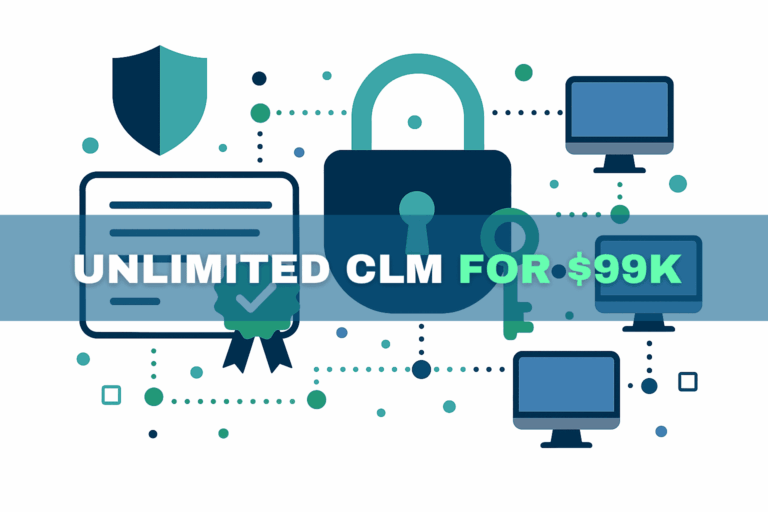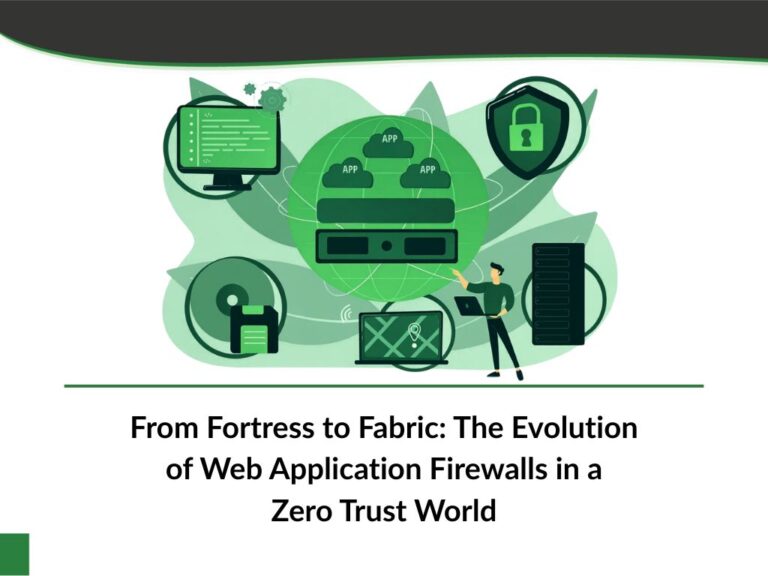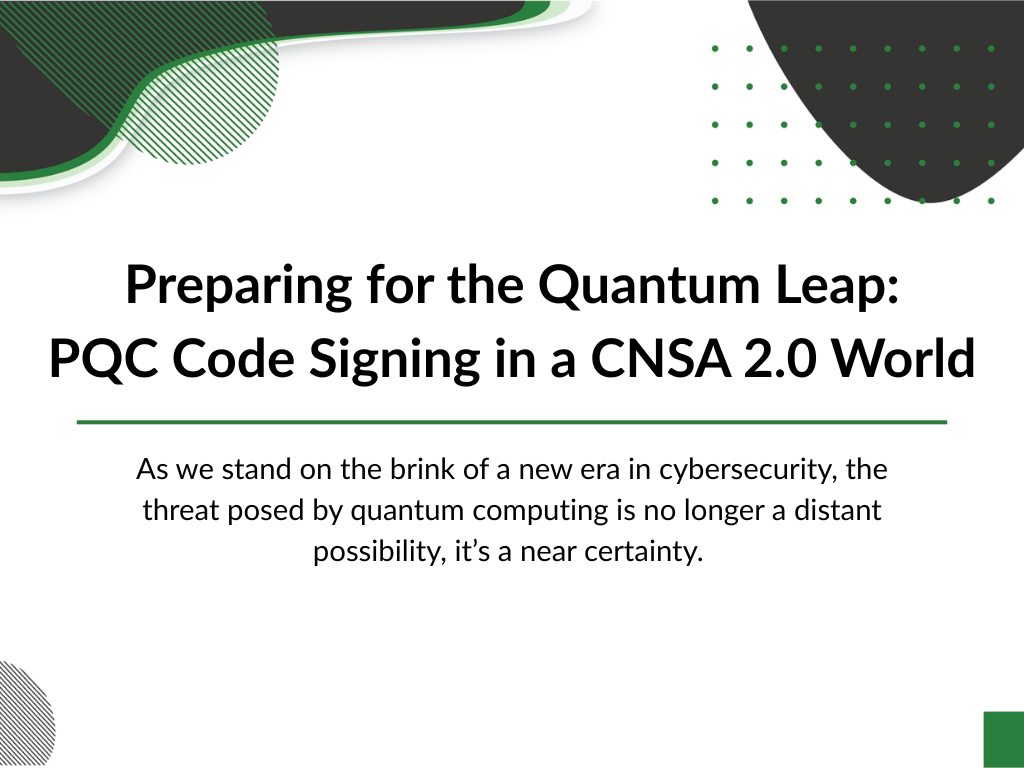As we stand on the brink of a new era in cybersecurity, the threat posed by quantum computing is no longer a distant possibility, it’s a near certainty. This challenge is not just theoretical; the U.S. National Security Agency (NSA) has already laid out a concrete plan to address this threat with the roll-out of CNSA 2.0. For organizations that provide software, firmware, and services to the government, complying with CNSA 2.0 is not optional. It’s a necessary step to ensure the future of your product’s security.
Why is CNSA 2.0 Critical?
CNSA 2.0 is the NSA’s updated suite of approved cryptographic algorithms, designed to withstand the power of quantum computers. Announced in 2022, it establishes clear standards for transitioning away from vulnerable algorithms like RSA and ECC toward quantum-resistant algorithms.
This transition includes one of the most critical areas in cybersecurity: code signing. Code signing ensures that software is trusted by users and hasn’t been tampered with. As quantum computers evolve, current algorithms used for code signing, such as RSA, will no longer be secure. NSA’s CNSA 2.0 mandates the adoption of post-quantum cryptography (PQC) solutions for this purpose, setting a tight timeline and firm deadlines. For anyone involved in code signing, whether you’re a product security leader, DevOps engineer, cryptography architect, or compliance officer, the time to act is now.
The Role of Post-Quantum Cryptography in Code Signing
To understand what’s at stake, it’s important to grasp the significance of post-quantum cryptography (PQC). These new algorithms are designed to resist attacks from quantum computers, which can potentially break traditional asymmetric cryptography in a fraction of the time they take today. With the advent of quantum computing, we need cryptographic primitives that are quantum-resistant, especially for processes like code signing.
For the first time, CNSA 2.0 outlines which PQC algorithms will be accepted for code signing, and it is critical to adopt these new methods before legacy algorithms are rendered obsolete.
The two main choices for PQC code signing are:
- LMS (Leighton-Micali Signature) and XMSS (Extended Merkle Signature Scheme): Both are hash-based digital signature schemes that provide a high level of security against quantum threats. However, these are stateful, meaning they require careful management of one-time use keys. While these algorithms are mature and available today, managing the state of these signatures is crucial to avoid security vulnerabilities.
- ML-DSA (a lattice-based signature): This stateless solution is simpler to implement and has been more recently standardized by NIST. Since there’s no need to track state, it reduces operational complexity. It is the future of code signing, expected to become the default once available in more mainstream tools and services.
As you prepare for the upcoming compliance deadlines, the key is understanding the operational implications of these different schemes. Stateful algorithms like LMS and XMSS require you to manage key states meticulously. Stateless algorithms like ML-DSA, once fully supported, will offer simpler implementations, particularly for organizations that need to scale and automate code signing processes.
CNSA 2.0: Who’s Impacted?
CNSA 2.0’s implementation is far-reaching. While federal agencies and military organizations are directly affected, any commercial vendor that provides products or services to the government must comply with these new standards. Vendors in defense, finance, healthcare, and critical infrastructure sectors, anyone who develops software for use in high-trust environments, should take immediate action to understand the implications of PQC for their products.
For these organizations, PQC code signing is not just about staying compliant. It’s about future-proofing your products against emerging threats. Early adoption will position your company as a leader in quantum-safe security, building trust with customers and partners.
What Does This Transition Look Like?
Transitioning to PQC code signing isn’t just about swapping out one algorithm for another, it’s about fundamentally changing how we approach digital trust. Here’s how to prepare:
- Get Familiar with PQC Algorithms: Understand the key differences between stateful and stateless algorithms and determine which ones make sense for your product’s needs.
- Set Clear Timelines: NSA’s guidelines recommend that vendors support PQC algorithms by 2025, with exclusive use of quantum-safe signatures by 2030. Begin planning now to ensure a smooth transition.
- Audit Current Systems: Start by assessing your current code signing process and identify where updates are needed. Determine if your HSMs (Hardware Security Modules) and key management systems can support the new algorithms.
- Focus on Automation: As part of your migration strategy, update your signing workflows, CI/CD pipelines, and certificate management processes to support PQC. This may involve integrating support for LMS/XMSS and Dilithium into your existing tools.
- Monitor and Validate: The performance of PQC signatures may differ from legacy systems, so ensure that software updates and firmware can be validated correctly with the new signatures. Testing and validation in a controlled environment will help identify potential issues early.
The Benefits of Getting Ahead
While the transition to PQC code signing requires careful planning and execution, the benefits of acting early are significant:
- Compliance Confidence: Meeting CNSA 2.0 standards will ensure you’re ahead of the regulatory curve and well-positioned for future contracts with the federal government.
- Security Resilience: By implementing PQC now, you’re safeguarding your software supply chain against quantum attacks, ensuring long-term data integrity and trust.
- Leadership in Innovation: By adopting post-quantum standards early, you can position your company as a forward-thinking leader in security and innovation, building confidence with customers and stakeholders.
The Quantum Future is Now
As quantum computing advances, it will undoubtedly change the landscape of cybersecurity. However, the roadmap to a secure post-quantum world is already set, and initiatives such as CNSA 2.0, SLSA, and the CA/Browser forum provide the blueprint. By transitioning to PQC code signing, you’re not just ensuring compliance, you’re also ensuring the long-term trust and integrity of your software.
The time to act is now. Don’t wait until the quantum threat is a reality, start planning for it today. Adopting CNSA 2.0’s post-quantum standards isn’t just about meeting government requirements; it’s about building secure, resilient software systems that stand the test of time, no matter what comes next.
If you’re ready to navigate the world of PQC code signing and CNSA 2.0 compliance, our team at Garantir is here to help. We specialize in quantum-safe cryptography and can guide you through the transition with ease.



